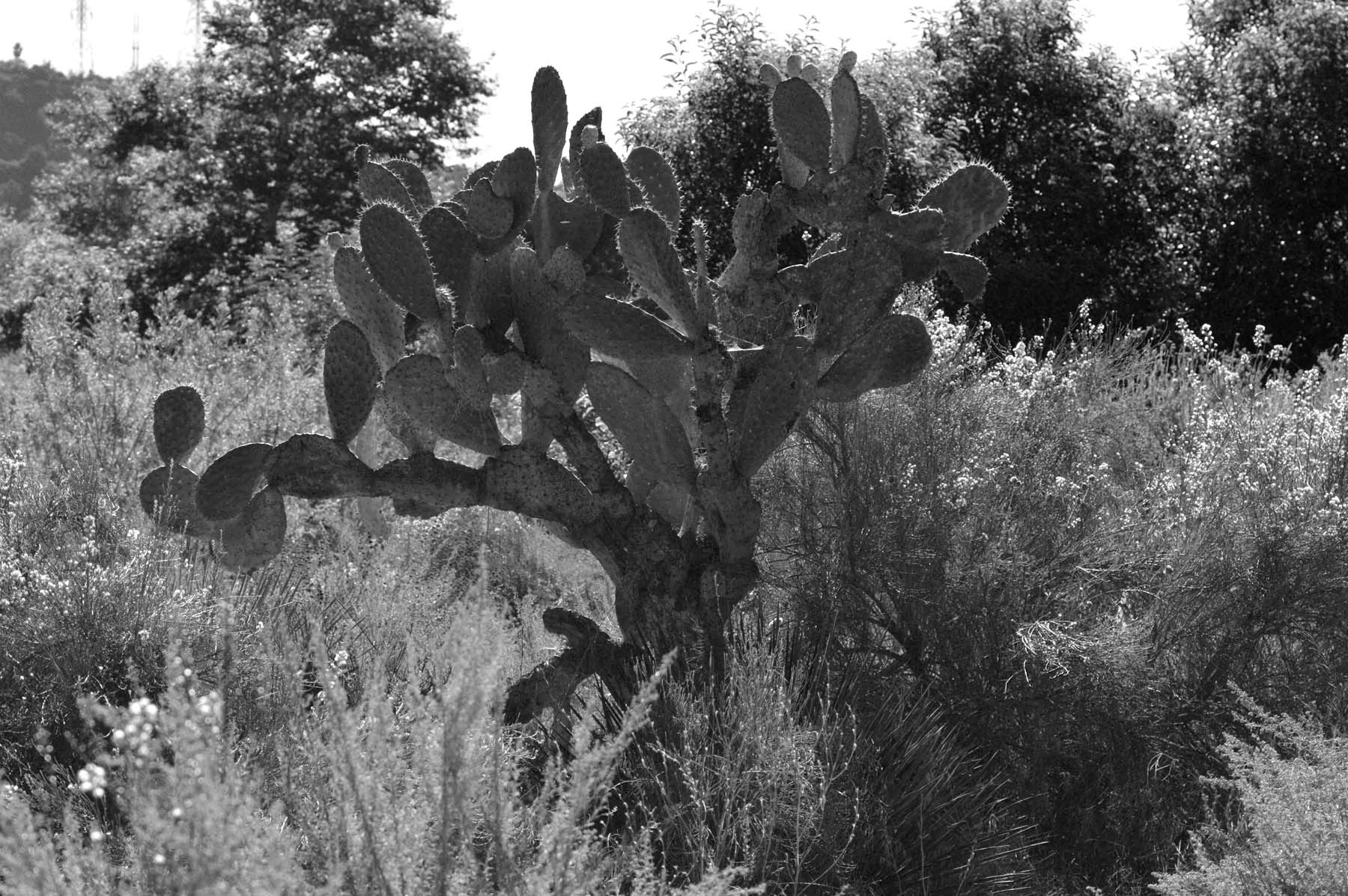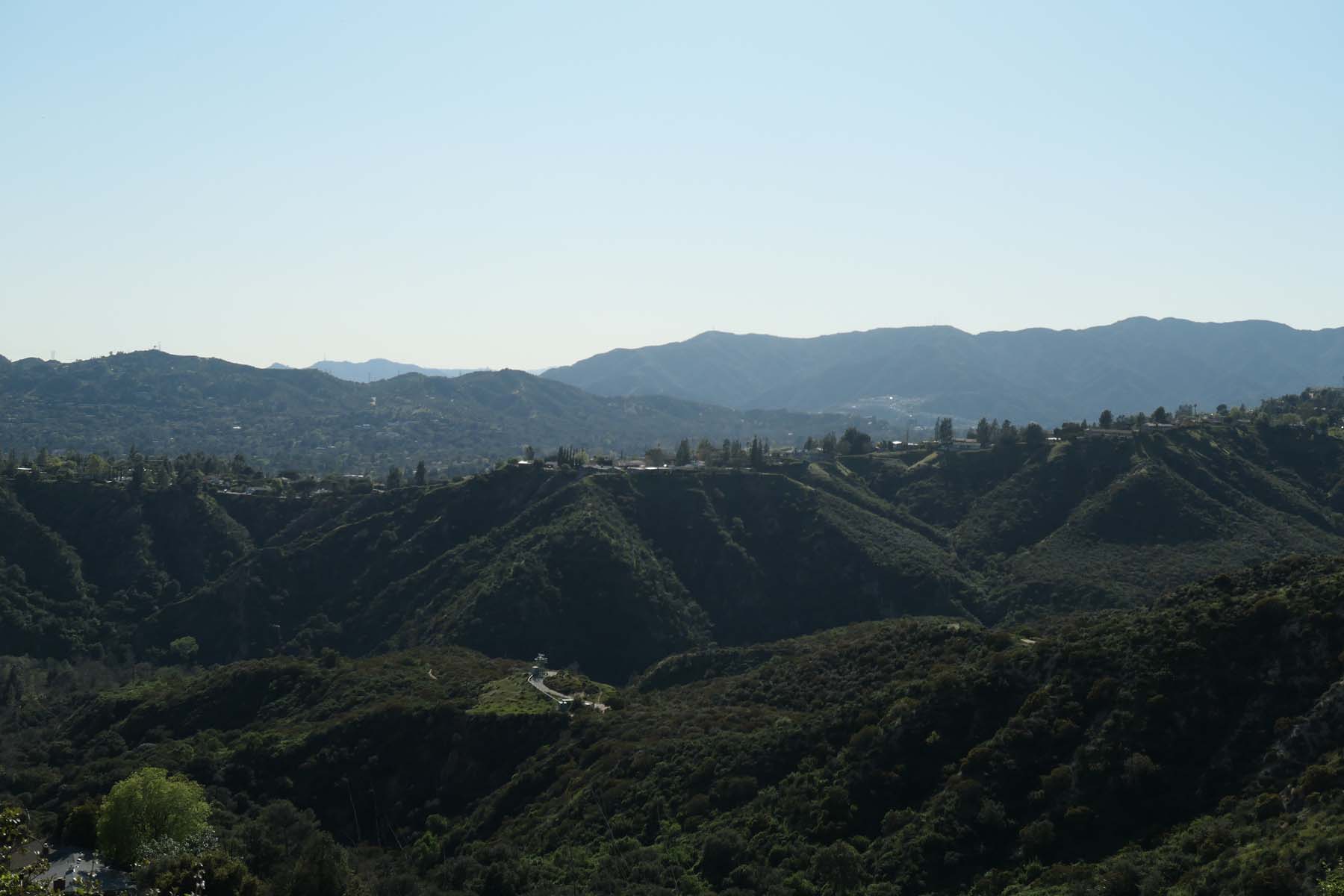October 21st was Ursula Le Guin’s birthday. I was reminded of that by, of all people, my beloved, who is not exactly into literature and/or poetry, but knows how much it – and her authorship – matters to me. Oblivious to that date, I had actually been thinking about her a few days earlier, while hiking Altadena’s Eaton Canyon, completely transformed from how I had experienced it the first time last April.

Verdant then, with roaring water, now dry, with but a trickle. Full of bloom then, color and the songs of birds, now reduced to pattern, lounging frogs and lizards. Still heartrending beautiful.




I was thinking of the many poems I had read where Le Guin describes the very essence of landscapes, desert as well as coast or woods, and how I could not remember a single one in its accurate wording.






That stood in contrast to one about war, that for obvious reasons now rose to the fore:
The Next War
It will take place,
it will take time,
it will take life,
and waste them.

I don’t know about you, but even when I try, when I immerse myself in beauty combined with physical exertion – something even a few miles will do these days – I cannot distract myself away from the sorrow of the extant and future loss of life in the Middle East. When I read about proposed solutions to the conflict, it seems to me that people are just throwing out words, hopes, and closer inspection reveals that no one really has a clue as to how to bring about realistic change, on ALL sides. (Ukraine, by the way, not forgotten by me, either.) Here is an essay worthwhile contemplating that tries to make a distinction between legality and morality of retaliatory actions, and here is one that talks about the difficulty of speaking to the issues without being labeled anti-semitic or islamo-phobic, rendered to silence when we need to speak up.




When I came home from the hike I tried to find a desert poem to post, but chanced on the one below, from her ultimate collection of poems, So Far So Good, finished 2 weeks before her death in 2018.

The volume offers meditations on nature, the recurring topic of so much of her work, but also on aging and the relationship between body and soul. Meditations that are moving, wise, courageous – and also seem an incredible luxury provided by peace time, not available to those tortured, killed and abducted, starved or rained on by bombs. As a committed pacifist, she would have likely agreed.
How It Seems to Me
In the vast abyss before time, self
is not, and soul commingles
with mist, and rock, and light. In time,
soul brings the misty self to be.
Then slow time hardens self to stone
while ever lightening the soul,
till soul can loose its hold of self
and both are free and can return
to vastness and dissolve in light,
the long light after time.
— Ursula K. Le Guin




Fauré seems fitting today for music.




















































